If you need to swap out a car battery for the first time or disconnect it for some reason, you may find yourself wondering which terminal needs to be disconnected first.
Black wire or the red wire? Hmmm…
Safety dictates that it is best to disconnect the black terminal to reduce the chance of damaging the vehicle, burning yourself, or destroying the battery.
Can you disconnect the positive terminal first?
You can disconnect the positive terminal of a car battery first as long as your tools do not bridge a connection between the positive terminal and any metal surface of the vehicle. Doing so will create a short since the negative terminal is grounded to the frame and fuses will pop, tools can melt, and the battery could explode.
That’s probably enough of a warning to stay away from disconnecting the positive terminal first, but if you’re new to this you are probably wondering why this is the case for the red cable and not the black.
Let’s dive right in!
Why Disconnecting the Positive Terminal is Unsafe
When you disconnect either cable from the battery terminal, you effectively have broken the circuit and the result is the same either way.
However, the way in which the battery is connected to your vehicle plays a critical role in the order in which to both disconnect and connect your cables in order to keep you and your vehicle safe.
It is possible to disconnect either terminal first and be fine, it’s just not recommended, and here’s why:
A car battery’s negative terminal has a cable that runs from it to the frame of the vehicle. This causes the entire frame to act as the negative terminal of the battery. All electronics on the vehicle simply have a wire from the positive terminal of the battery running to them, and the negative lead of the electronic is simply tied to the frame of the car — which in turn is tied to the negative terminal of the battery to complete the circuit.
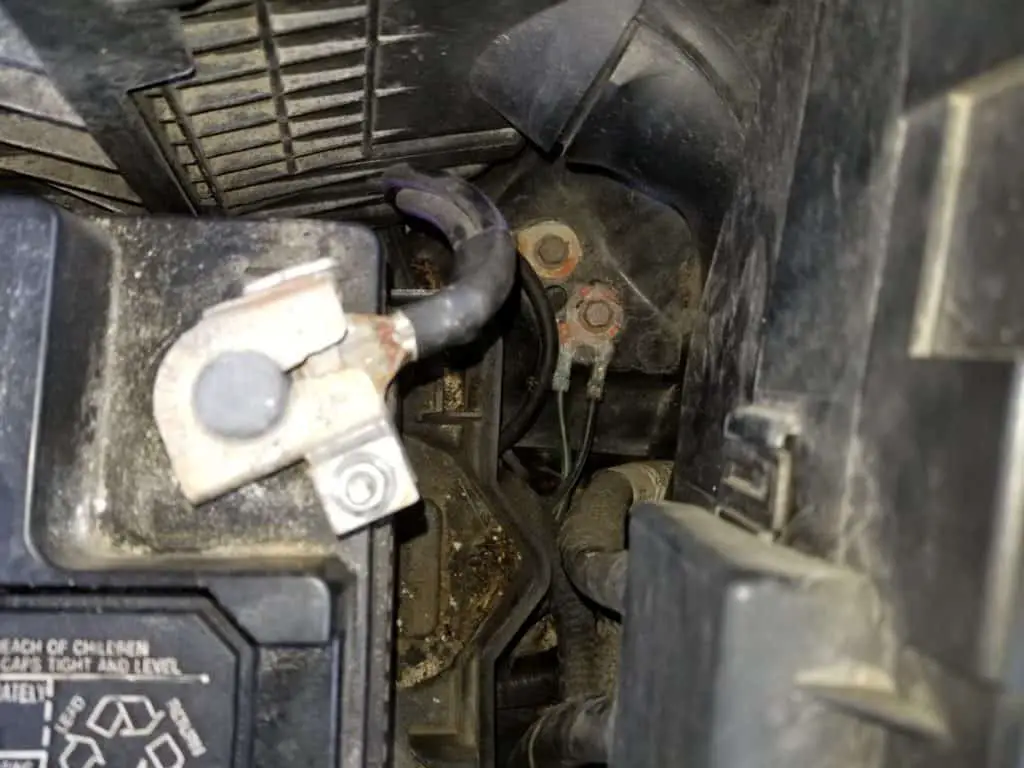
That means that if you go to disconnect the positive terminal first with a metal wrench and you bump anything that is metal that is also connected to the frame of the car, you will automatically complete the circuit and begin to short out the battery.
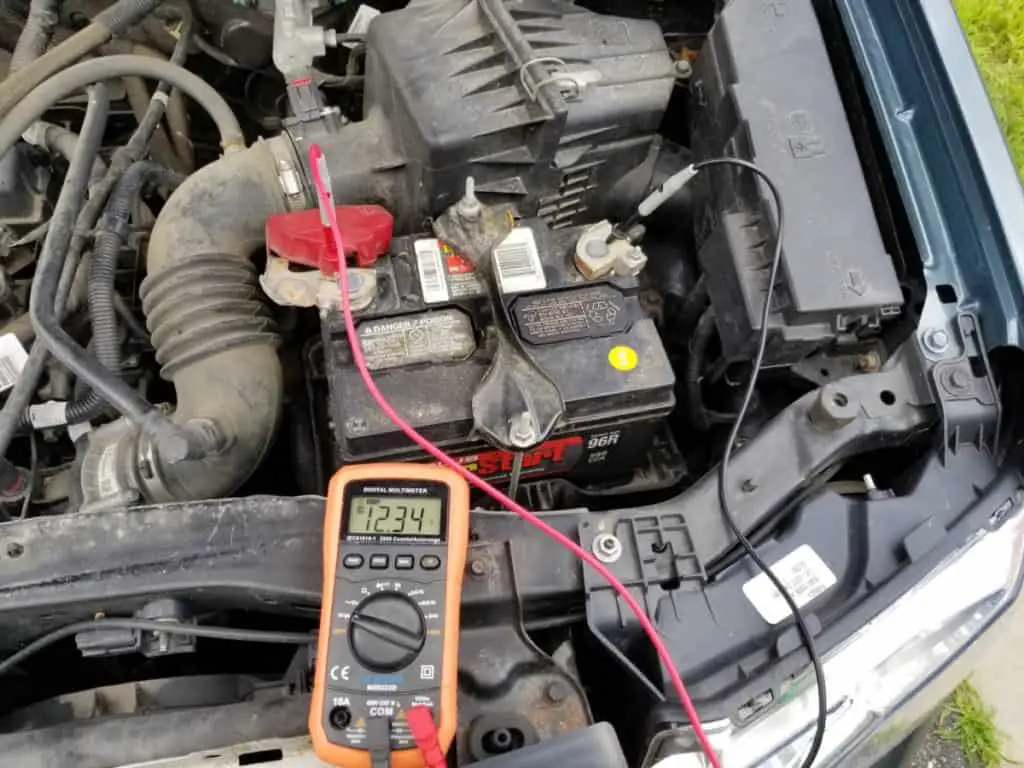
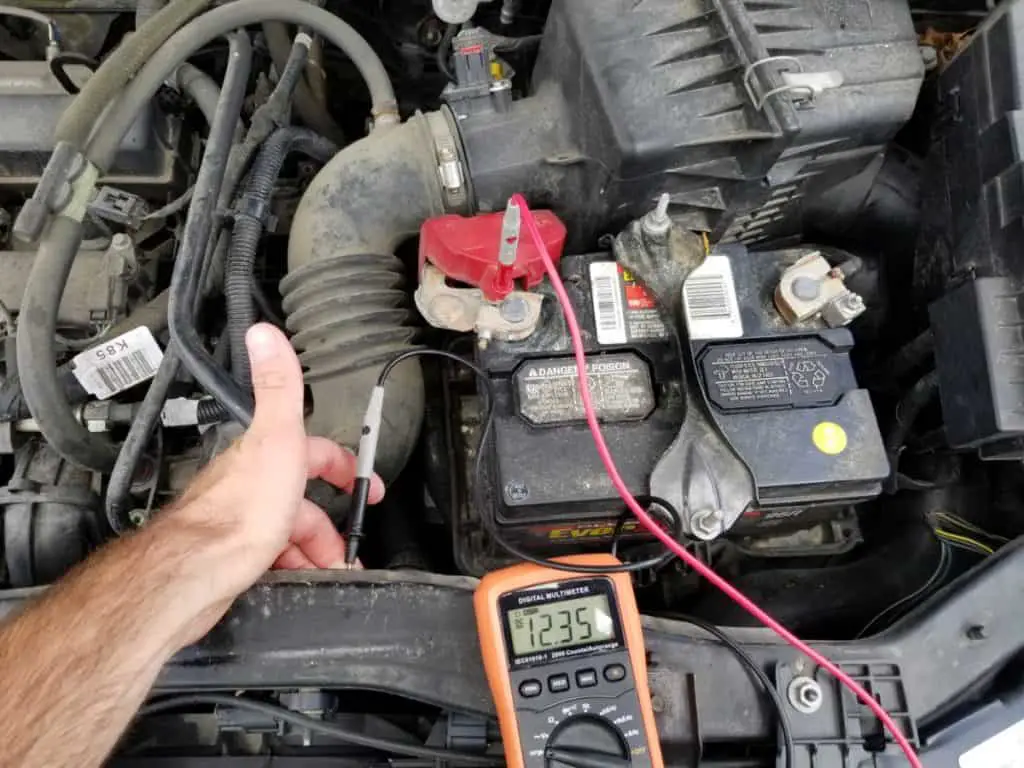
This won’t just be a quick spark and be over. This will immediately throw sparks, burn your hand, and begin welding the tool between the battery terminal and the metal contact point. Once this happens, the battery is on its way to exploding as it is now experiencing thermal runaway and dumping its charge faster than it can safely handle.
If you have rings on your fingers, they can also become part of the welding process.
Now, if we have a fully connected battery and we go to remove the negative terminal and we bump the wrench against the frame of the car, nothing will happen since the frame of the car is acting as the negative terminal already. The negative terminal will not create a circuit with itself.
Correct Order for Connecting and Disconnecting a Car Battery
| First | Last | |
|---|---|---|
| Disconnecting | Negative | Positive |
| Connecting | Positive | Negative |
What If I Accidentally Disconnected the Positive Terminal First?
If you accidentally disconnected the positive terminal first you will then want to disconnect the negative terminal before trying to reconnect. Refer back to the table to see the order of operations when disconnecting and connecting your vehicle’s battery.
Like I said before, if you disconnect the positive terminal first, that doesn’t necessarily mean that anything bad will happen. As long as you don’t bridge the gap between the positive terminal and the frame of the car (or anything metal that’s connected to the frame), then you’ve simply broke the circuit.
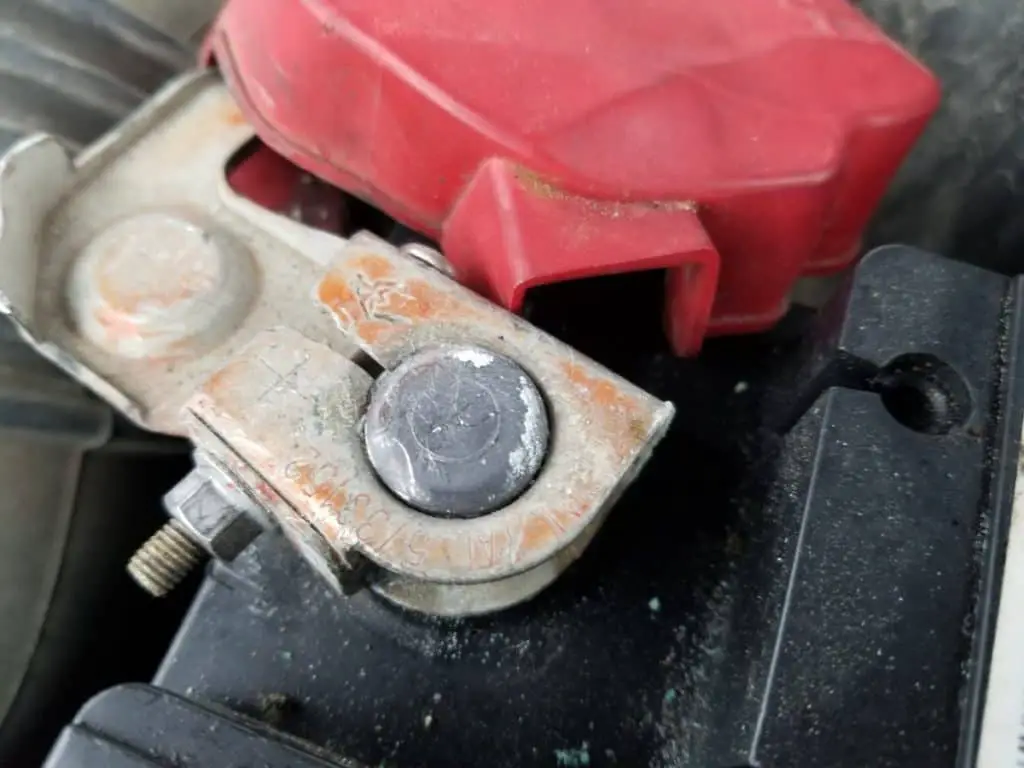
However, since what you did was already risky, there’s no point in hooking it back up in a risky way. When you disconnect the negative terminal, you will break the link between the negative terminal and the frame of the car.
Once that is done, you are now safe to reconnect the positive terminal first, followed by the negative — which is the appropriate order for reconnecting a vehicle’s battery.
Which Battery Terminal Should Be Connected First?
Assuming that both terminals are already disconnected, the first terminal to be hooked up should be the positive one to maximize safety.
If you hook up the negative terminal first, you will turn the entire frame of the car and anything metal that’s connected to the frame into the negative terminal and this will make the following connection of the positive cable dangerous should you touch the positive terminal to anything metal on the vehicle with a metal tool.
Do I need to Disconnect Both Battery Terminals?
You will need to disconnect both battery terminals in the appropriate order in order to replace your vehicle’s battery.
With that being said, if you only want to save your battery from draining while you’re away on a vacation (or if you won’t be driving for more than 1-2 weeks), you’ll want to disconnect only the negative terminal of the battery.
Simply disconnecting the negative terminal will safely break the circuit and your car’s electronics will not be draining your battery while you’re away. If you disconnect the positive as nothing bad will happen, but you won’t be accomplishing anything more than by simply disconnecting the negative. Now, you’ll just have to reconnect both of them instead of one (in the proper order, of course).
Can a Car Battery Drain with the Negative Terminal Disconnected?
By disconnecting your negative terminal on your car battery, you will save it from going dead in 1-3 weeks depending on your car and how many electronics are on board. Electronics on a car will sip energy from your battery even when the key is not in the ignition.
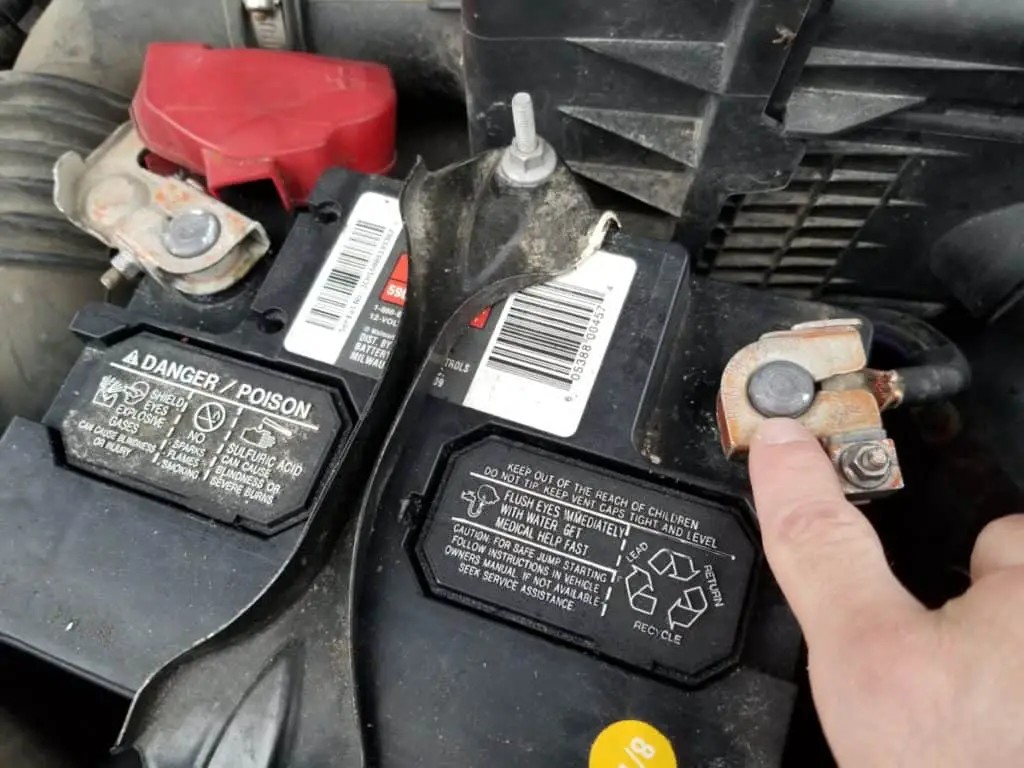
Your radio presets need to be maintained, your anti-theft system is active, etc.
This is called “parasitic draw”.
Disconnecting the negative terminal will stop parasitic draw in its tracks. However, your car battery will still drain but at a much slower rate than it otherwise would have. A lead acid battery, when not connected to a smart charger, will undergo “self-discharge” which is the battery simply losing its charge slowly over time.
A car battery will self-discharge at about 5-15% per month depending on the health and environmental conditions. A hot climate will cause a battery to self-discharge faster.
For more on how fast a car battery will drain, I have an article here that you can check out.
If you’re able to, I recommend keeping your car battery hooked up to a smart charger and maintainer when you’re not driving it for extended periods (more than 1 week). This charger from Amazon is my recommended favorite and I have been using it for over 6 years without failure. It’s gentle on any battery under 100AH (which a car battery will be) and can bring your car battery back to a full charge overnight.
Best of all, it can be left connected indefinitely and will keep your car battery in perfect shape the next time you go to use it. You do not have to disconnect your car battery from the vehicle in order to use this charger.
Can a Car Battery Shock Me When Disconnecting or Reconnecting it?
A car battery is typically rated at 12-volts which is well under the voltage needed to pass current through our bodies and will not shock us under normal conditions.
With that being said, a car battery has a lot of amperage and potential energy in it that can hurt us in other ways.
Simply touching your fingers with one hand on the positive terminal and fingers from the other hand on the negative will result in absolutely nothing. But, if you have a metal wrench or ratchet that touches the opposite terminal while you’re working on the other, you will have an immediate severe burn on the inside of your hand as the tool will glow and become red-hot.
Hundredths of a second count in this situation, and in no time that tool can weld itself to both terminals. This will cause the battery to rapidly overheat and explode with battery acid flying everywhere or even in flame as the escaping oxygen and hydrogen can ignite from the sparks being thrown.
Similar damage can happen if you touch one end of the tool to the positive terminal and the other to any metal surface in the car. That brings us full circle with this article and is the reason why you should always disconnect the negative cable first on your car battery.
